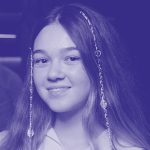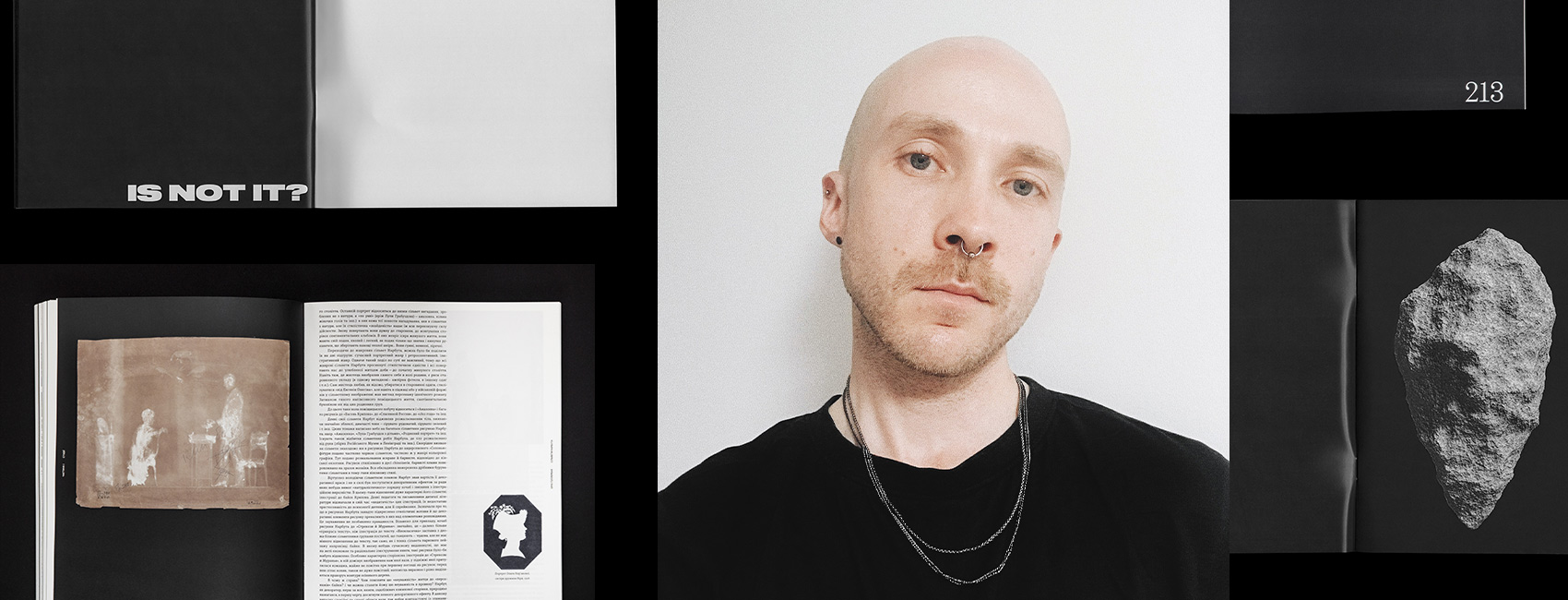* ESC - close the search window
Chytomo Spotlights
Vingranovskyi Art Fest: Celebrating the Multifaceted Legacy of Mykola Vingranovskyi
17.11.2023
Mykola Vingranovskyi is celebrated as a central figure of the Ukrainian Sixtiers, a movement that emerged in the wake of Stalin’s terror, unafraid to assert their Ukrainian identity and voice in the arts. Despite his association with this period, Vingranovskyi himself resisted such categorizations. He argued, “Ukrainian poetic film is fiction. Labeling us as the generation of the Sixtiers is fiction as well. There are no Sixtiers, no Seventiers. There are only talented, mature, and well-educated people who cannot be put into a framework.”
Vingranovskyi’s work is marked by an intimate, confessional style, and a deep sense of aestheticism. His poetry, known for its stop-motion style, incorporates a wealth of neologisms and vivid imagery, distinguishing him as an expressive and passionate lyricist. However, Vingranovskyi’s creative endeavors extended far beyond poetry. A versatile talent, he also excelled as a prose author, director, screenwriter, and actor, contributing significantly to several films and continuing the cinematic traditions of the celebrated Ukrainian author and director Oleksandr Dovzhenko.
Pervomaysk, in the Mykolaiv region, hosted the first “Vingranovskyi Art Fest” on Nov. 4. This event, initiated by the She.Fest team, was dedicated to celebrating the extensive creative work of Mykola Vingranovskyi. Held in the city situated at the confluence of three rivers, the festival aimed to explore the four roles that defined Vingranovskyi: citizen, poet, prose author, and film artist. It provided a platform to reinterpret the artist’s legacy and discuss why Vingranovskyi’s influence remains significant today.

Why now?
Launching a cultural festival, especially during Russia’s full-scale invasion of Ukraine, may raise questions about its timing and the allocation of efforts towards cultural activities. Oleksandr Vysotskyi, a principal organizer, believes acknowledging and celebrating cultural heritage is crucial, acting as an affirmation of resilience and identity in the face of adversity.
“If we can’t create great and strong rear, if we don’t possess original Ukrainian identity, if we don’t have Vingranovskyi’s poems on our minds and listen to songs by contemporary Ukrainian musicians, if we aren’t completely filled with our culture and are not immune to foreign aggression, we will not be able to win the war.”
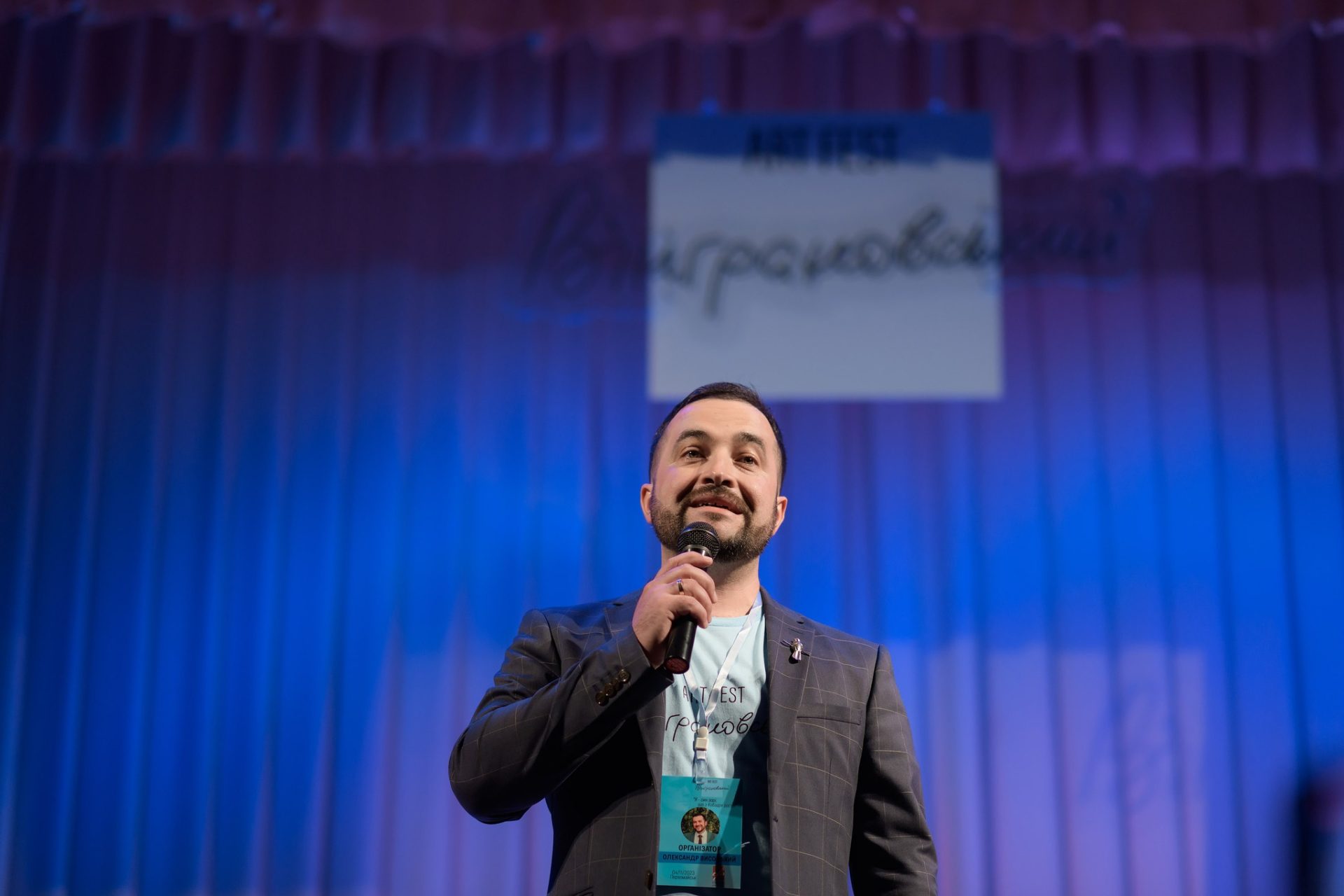
In this context, the issue of decommunization and de-Russification of Ukrainian towns and villages, including Pervomaysk (the title derived from May 1 in Russian and is connected to the Soviet holiday — Worker’s Day), Vingranovskyi’s hometown, is essential.
“The word “Pervomaysk” is about “condensed milk”. It is very material. It is the clothes that the occupiers had put on our city, community and land. If we are free, we should ‘sew’ the name and concept of the city ourselves. Primitive as it is: eat “condensed milk” when you have Vingranovskyi. But you need to eat Vingranovskyi. It is a bigger pleasure. You can close a factory, destroy buildings, but you can’t kill Vingranovskyi and his poetry,” Vysotskyi explained.
RELATED: What it’s like to open a publishing house during a pandemic and a war
Who, where and how
The festival saw an impressive turnout with over 1,000 people participating as it unfolded across four undisclosed locations within the city in a single day. Prior to the festival, a presentation in Kyiv and an online flash mob #Вінграновський_вірш (#Vingranovskyi_poem) invited individuals to share their favorite Vingranovskyi poems on camera. The festival featured contributions from 19 artists and speakers, alongside nine creative groups.
The decision to keep the venue locations confidential presented a unique challenge for both organizers and attendees. Yulia Kapshuchenko, the festival’s co-organizer, shed light on the reasons behind this approach, citing security concerns.
“The war continues, and the administration forbade us to name the exact locations of the events. We received a letter demanding the removal of all announcements from social networks. Consequently, we promoted the festival by merely indicating ‘Pervomaysk’ as the location and used color codes for the venues.”
Despite these constraints, attendees, including locals and visitors from cities like Cherkasy and Kyiv, managed to locate the events. “Locals discovered the venues through word of mouth, employing the ‘a little bird told me’ method, while visitors from other cities found their way by inquiring amongst themselves,” Kapshuchenko noted.

RELATED: Exploring Beyond Shevchenko: A look at the vibrant She.Fest in Moryntsi
The blue hall: meeting Vingranovskyi
The blue hall, echoing Vingranovskyi’s favorite color, hosted memorable performances, including the modern interpretations of traditional Ukrainian music by the “Spiked Kobzars,” traveling musicians who played kobzas and banduras, traditional Ukrainian eight-stringed lute, and sang epic-historical, religious, folk songs called dumas, where were often banned by Soviet authorities.
Shortly after that the air raid alert went off and the audience migrated to a specially equipped shelter under the hall. Here they began to sing Ukrainian songs, and it seemed that the Ukrainian melodies helped keep people’s spirits up.
Meanwhile, a young lady dressed in Hutsul (the Hutsuls are an East Slavic ethnic group living in parts of western Ukraine and Romania) costume asked where she could buy some coffee. And Oksana Strynadiuk, “Gutsulka Ksenya,” Ukrainian blogger, read poetry on the yellow stage.

“Out of all evil and mischief he met in his life, he created love” — I heard this phrase from the stage today, and I decided that this would be my life motto. You have to understand that a genius has come to your region to become your ‘mainstream.’”
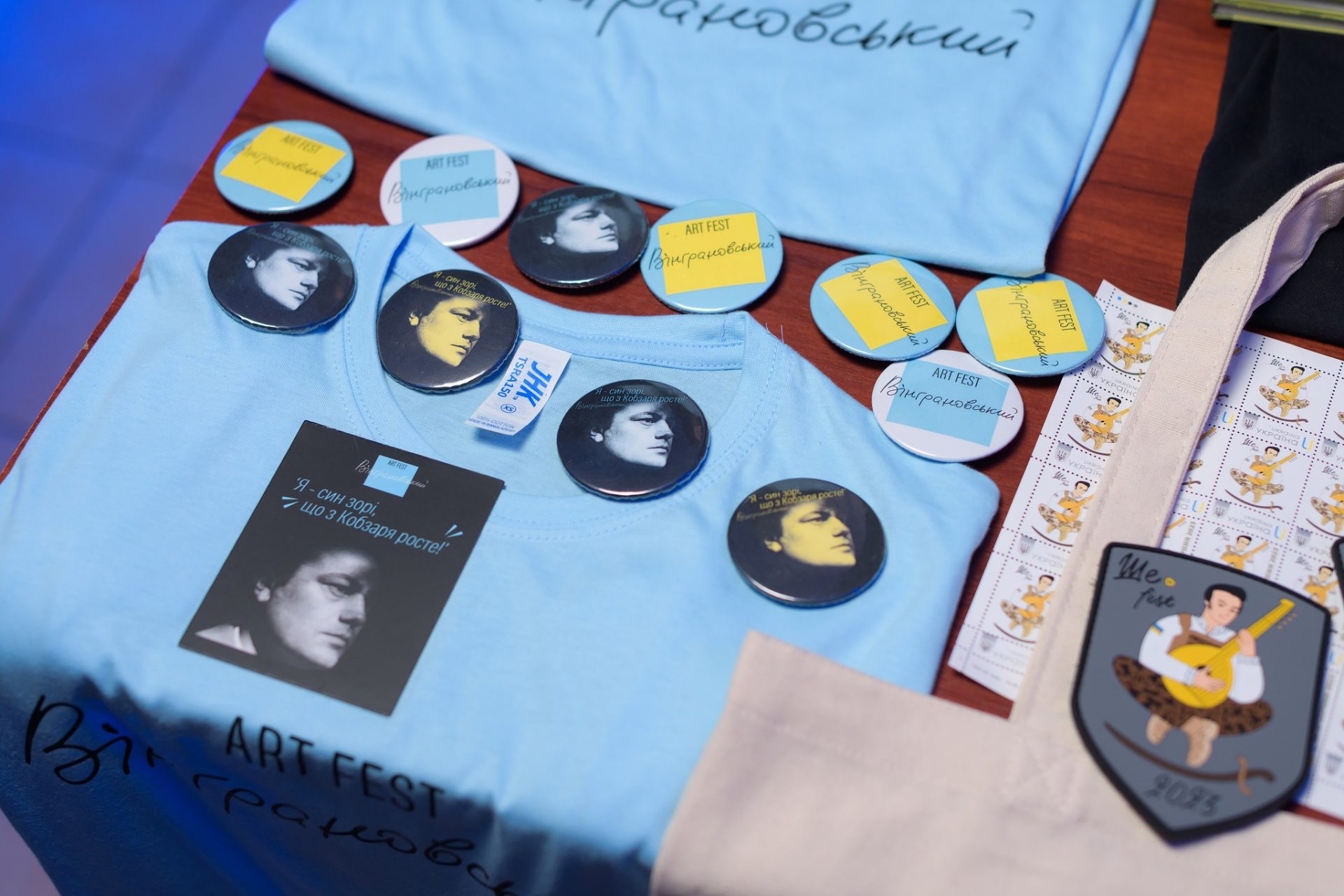
“Krutyi Zamis,” a band from Cherkasy, added life to the evening with patriotic songs. The group’s incendiary dances on the stage made everyone, young and old, dance among the rows of chairs in the hall. In addition, “Krutyi Zamis” performed a new song with lyrics by Mykola Vingranovskyi, “Kokhana” (My Love), for the first time.
RELATED: Steppe people in the mountains: how the New York Camp took place
At the end of the day, the actors of the Mykolaiv Academic Art Drama Theater performed on the stage of the blue hall. The piece, “This is my nation, and I’m my nation’s son!” was based on works by Mykola Vingranovskyi.
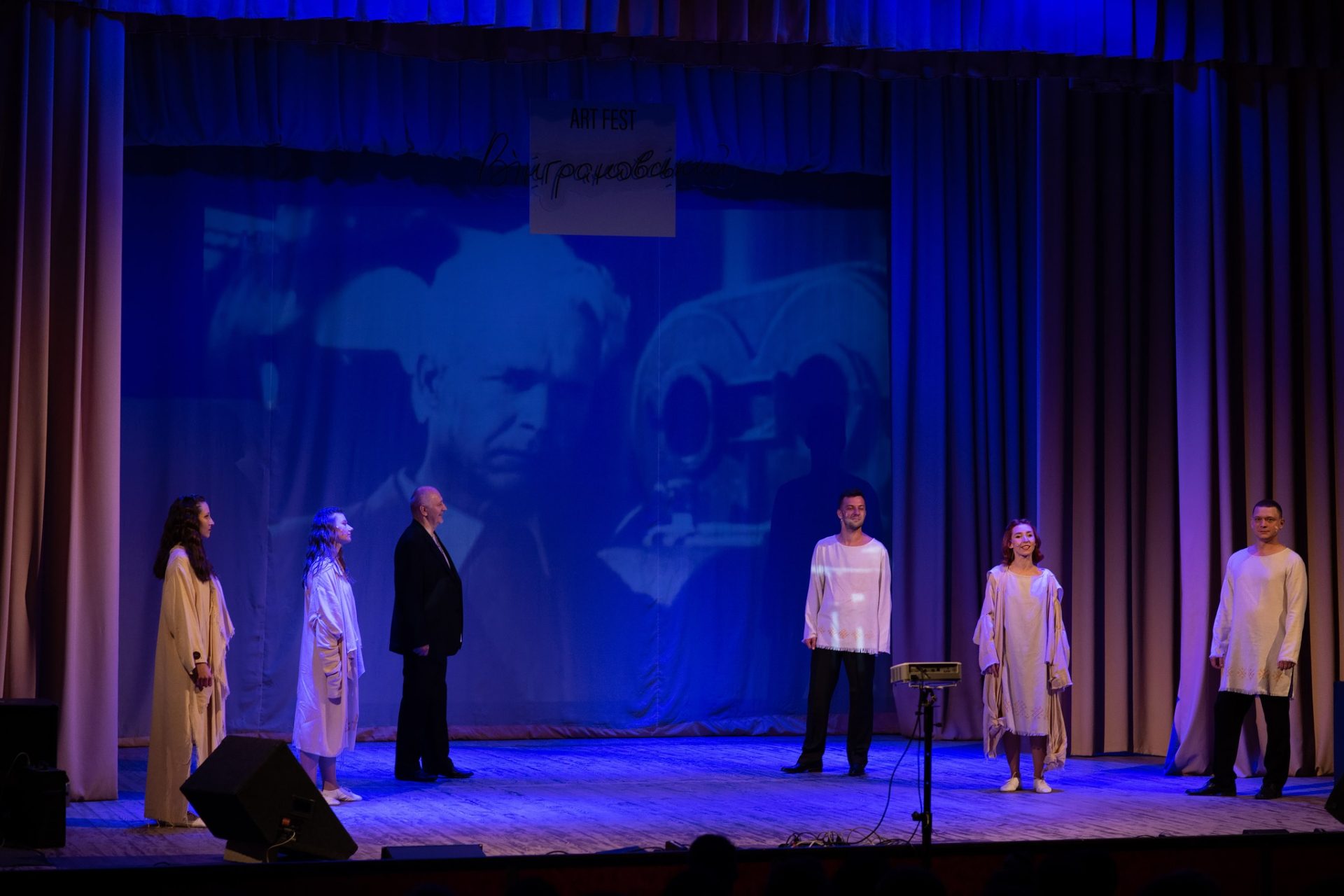
The yellow hall: reading with Vingranovskyi
After a long delay due to air raid alert, this fall finally began to function. Yevhen Nyshchuk, Ukrainian theater and cinema actor, soldier and former Minister of Culture of Ukraine, was the first to take the microphone: in his one-man show “A Beautiful Beast in the Heart” he recited poetry by Mykola Vingranovskyi.

The location’s program was completed by the soloists of the National Philharmonic of Ukraine Tetyana Shkolna and Roman Smolyar with their acoustic program “The Sung”.
“Yes, what we do is not enough to make some kind of revolution in the minds of the local people, but it is already a lot on the background of a total lack of culture,” poet Sashko Kucherenko commented on the need for the festival.

The white hall: children, creative work and Vingranovskyi
The theme of the white hall was the combination of art and poetry. The venue opened with an exhibition by Kateryna Baraniuk with photographs of Vingranovskyi and works dedicated to him by children from the KatRina.Art art studio.
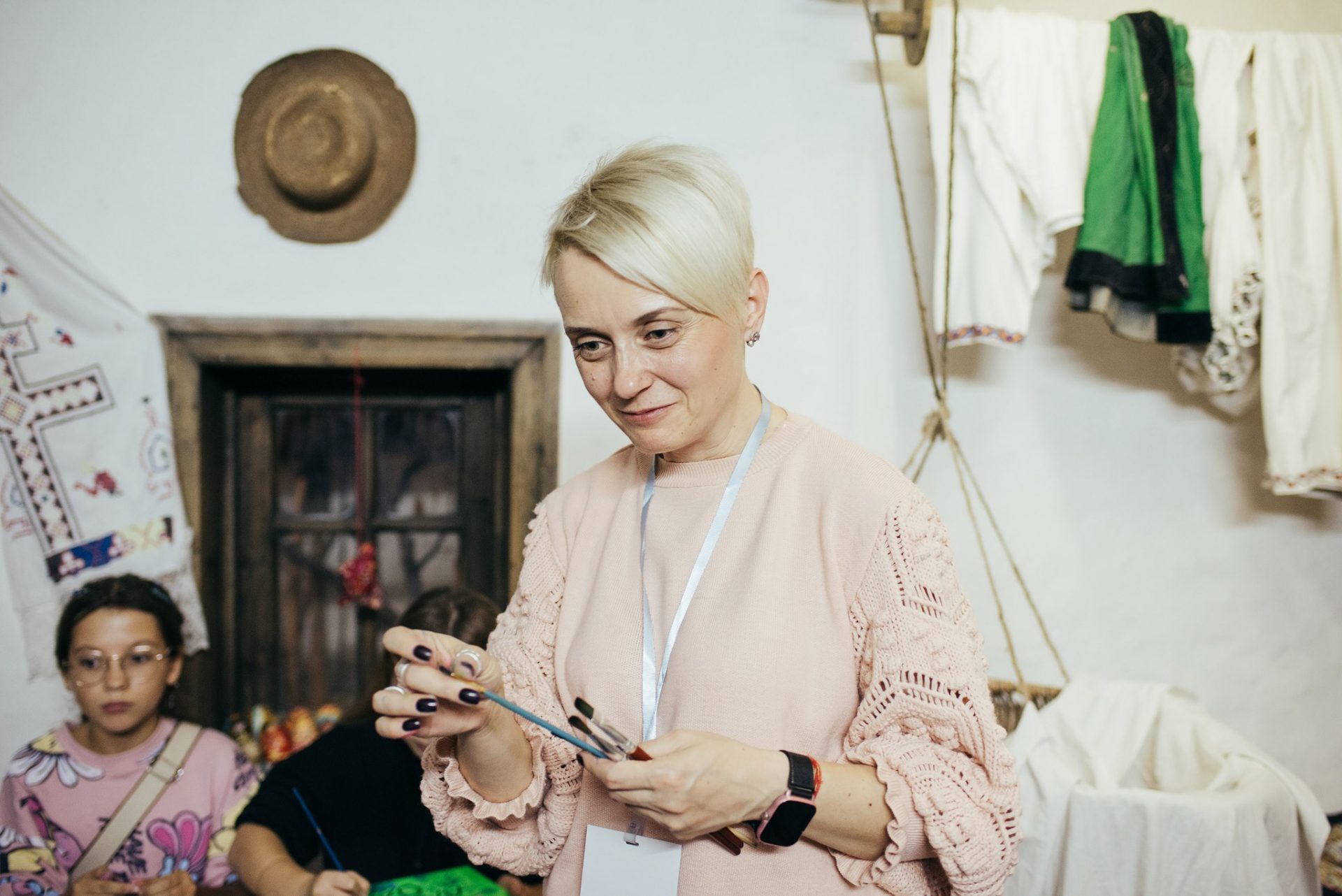
In another hall the poet Sashko Obriy recited the poem “Pervomaysk” and spoke about the renaming of the city. The next speaker was children’s writer Larysa Nitsoi. Viktor Maksymenko, a friend and neighbor of Mykola Vingranovskyi, came to the event and told stories about life, fishing and hunting.
The event ended with a concert by the children’s orchestra “Hraymiks” and a master class by Kateryna Baraniuk under the slogan “Vingranovskyi’s creative work to every home.” The young participants made art panels with quotes from Vingranovskyi’s works, which they took home with a piece of the artist’s work.
Images: Valeriy Stepankov, Emilia Maksymchuk, Serhii Savchenko and Fedir Kovalyk
This article is part of the “Chytomo spotlights: Ukrainian culture on and after frontline” project. The project is supported by Goethe-Institut in terms of Stabilization Fund project.
This publication is sponsored by the Chytomo’s Patreon community
the more you read, the greater the possibilities
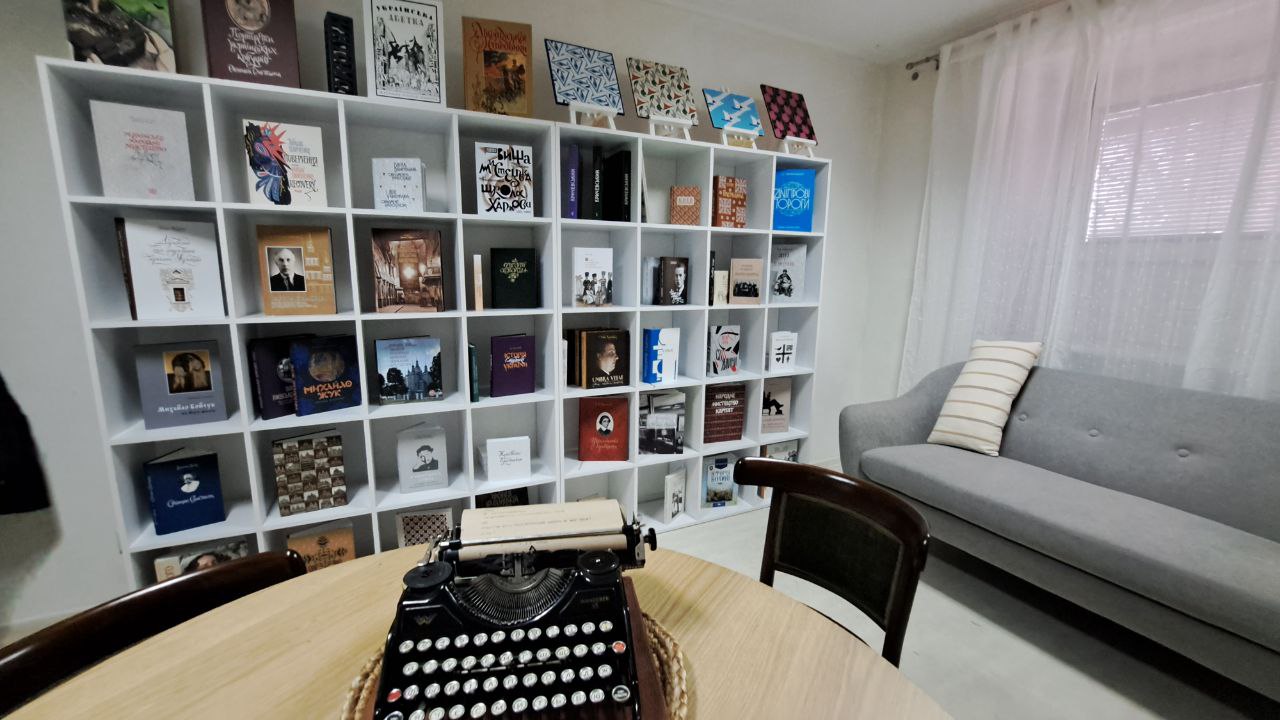
3806
Chytomo Spotlights
Amidst drone and missile attacks, Kharkiv publisher launches ‘Book Strongroom,’ a bomb shelter-bookstore, to preserve Ukrainian cultural heritage
15.12.2024 - Oleksandr Mymruk, Olesia Boiko
3702
Chytomo Spotlights
Kyiv Book Weekend: ‘Ukrainian book has gone beyond the “bubble” of well-known faces’
13.12.2023 - Mariia Horbach